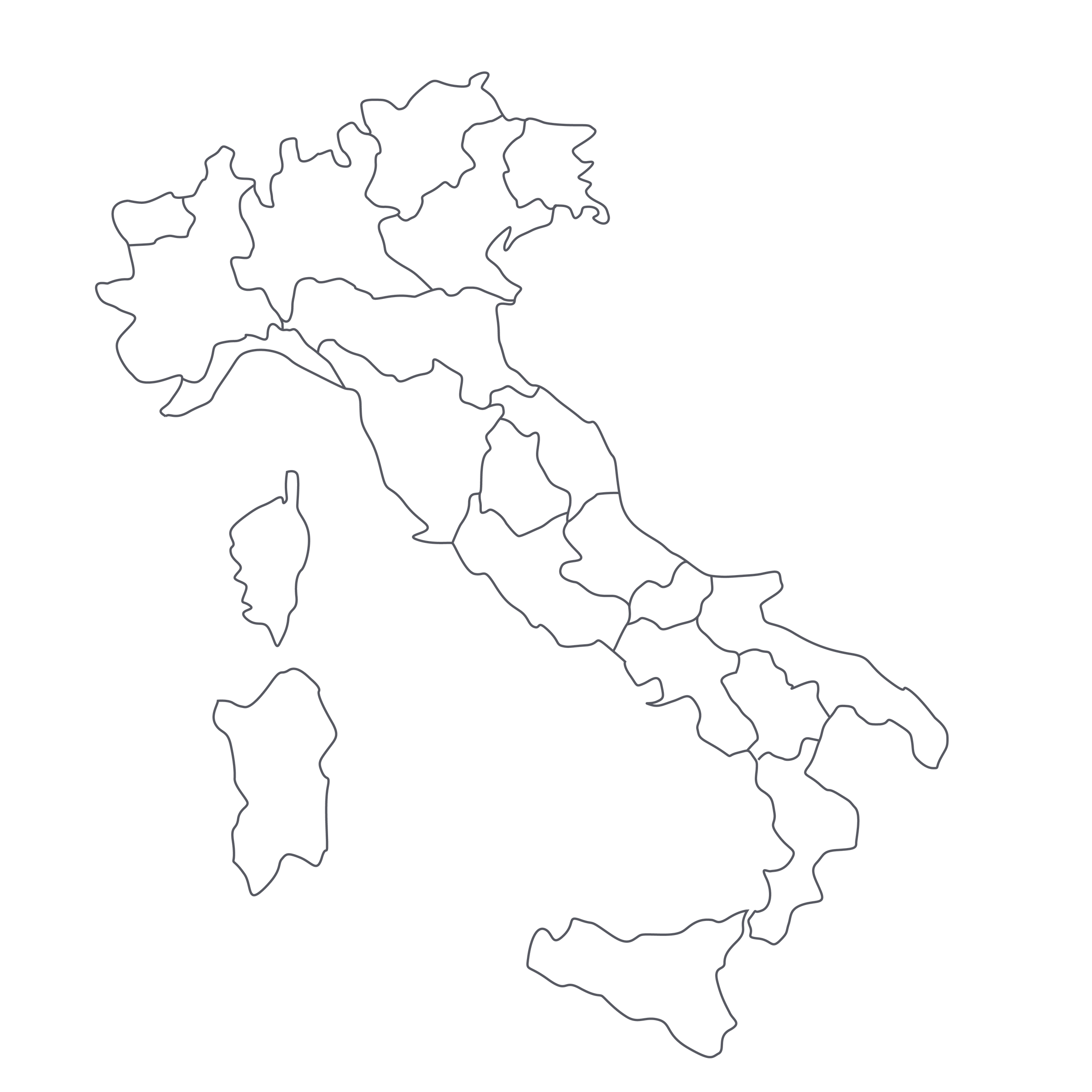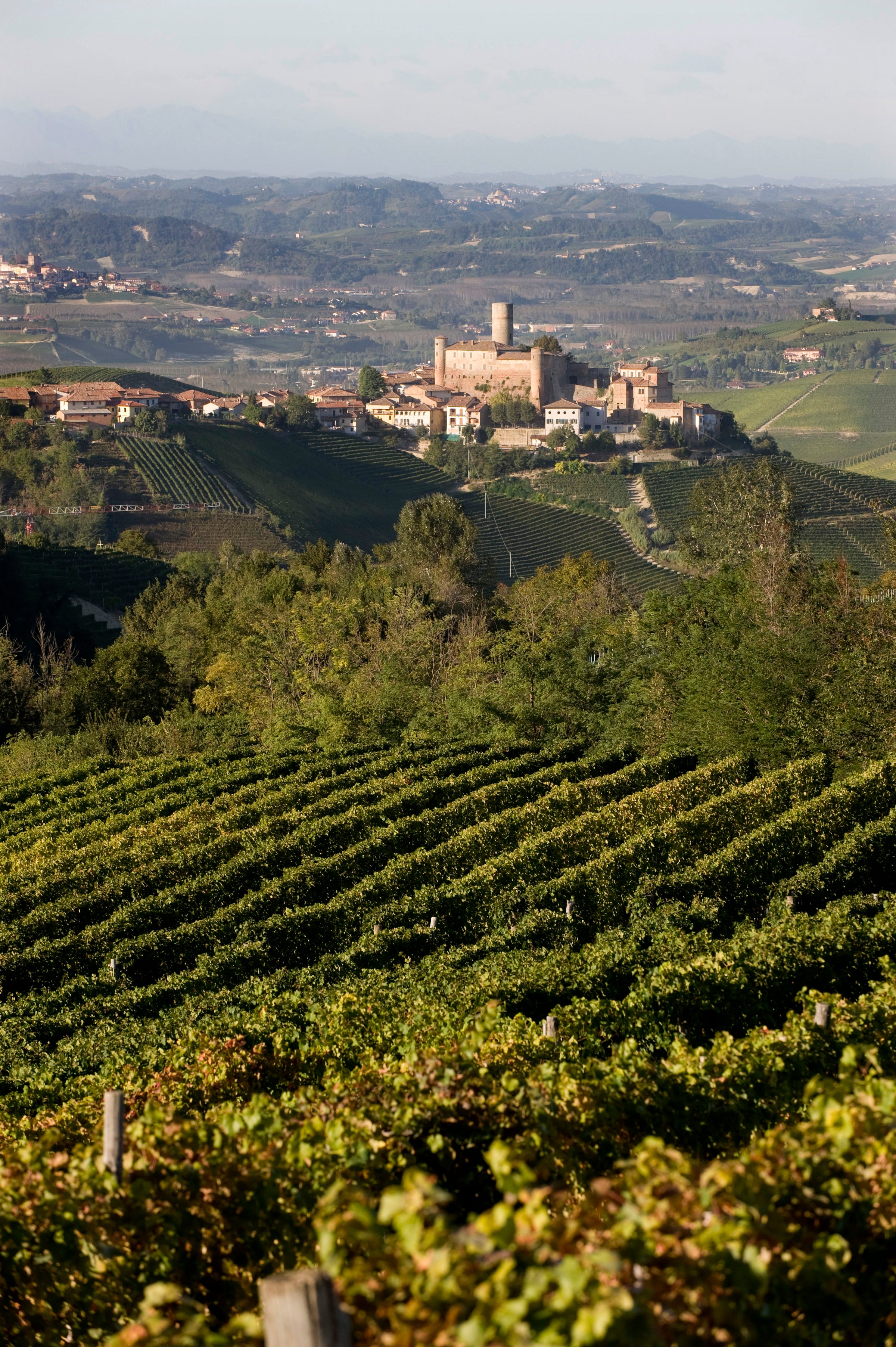Today is one of those special days when everyone wins. Collectors with deep cellars, esoteric terroir geeks, “drink now” bargain hunters—I mean everyone. Seldom do all the stars align to offer this sky-high quality at such a laughably low price. Still, something about today’s treasure from reclusive genius Renzo Castella feels extra special, and I suspect we will be reminiscing about this bottle for weeks to come. I can’t recall SommSelect offering a more delicious, cellar-worthy, and “grown up” tasting Langhe for so few dollars.
I was first introduced to this stunning wine by Alex Finberg of The Transparent Wine Company. In the early days of SommSelect, Alex poured me my first glasses of Giovanni Canonica Barolo, Fabio Gea Barbaresco, Rovellotti Ghemme and so many other of our now-top-selling Piedmont reds. For many years, he was also my go-to guy for Cappellano Barolo (not to mention Soldera and Montevertine). So, when Alex blind-tasted me on today’s wine, it wasn’t the overall quality that surprised me, but rather the wine’s identity. Signore Castella’s tiny Nebbiolo parcel is a literal stone’s throw from Giovanni Canonica’s top Barolo vineyard in Grinzane Cavour, and it also hugs the border between the DOCGs of Diano d’Alba and Serralunga d’Alba, Barolo—the latter of which is home to Cappellano. So, while you won’t find “Barolo” on the label, you can rest assured that today’s wine is both spiritual and geographic neighbors with two of Barolo’s most revered names. For drinking now, or in 10+ years, it’s an absolute knockout.
The story behind today’s extraordinary value begins in the small, hilltop hamlet of Diano d’Alba. In medieval times, Diano was a respected military power in the region that rivaled Alba, itself. But, as the centuries gradually tempered its might, Diano eased into its present life as a gentle agricultural town perhaps best known for its dark fruited, juicy Dolcetto. Renzo Castella’s grandfather, Severino, first established the family arm in Diano in the early 1900s. There, the Castella clan grew grapes and assorted fruit and bred livestock. As global demand for Piedmontese wine increased in the latter 20th century, Severino’s son Simone wisely navigated the family farm toward wine grapes, carefully purchasing new vineyards and slowly developing new parcels. Simone ultimately assembled a modest estate of <10 hectares with six cultivated to Dolcetto, two to Barbera, and the remainder to Nebbiolo—all of which was sold off to neighboring producers in the region. But, in the early 2000s, Simone’s son Renzo, an educated and deeply skilled winemaker, took the reins of the family estate and pivoted production from fruit sales to estate-bottled wines.
In the two decades that followed, Renzo earned a reputation as one of Diano’s most knowledgeable, gifted, consistent, but also understated talents. While Renzo’s wines sell out every vintage, riding a high tide of accolades from Gambero Rosso and loud praise from Italy’s Slow Wine guide, the man himself cuts a far quieter figure. Renzo has no flashy website, no ostentatious tasting room—only a small stone cellar that shares a driveway with the home of his proudly grinning father and doting mother (a wizard of Prosciutto sandwich making, by the way). A visit to this spotless but quaint winery is a valuable reminder that the world’s most delicious wines need not originate from an “elite” castle or some eccentric mad scientist. Who needs a legion of Instagram followers when you have a loving family, enormous talent, and a small vein of limestone overflowing across the border of Barolo and into your own backyard?
After one sip, it will come as no surprise that the fruit behind today’s exceptional Nebbiolo originates in Renzo Castella’s small vineyard which hugs the border between Diano d’Alba and Serralunga d’Alba, Barolo. There’s a phrase in the local dialect, “Baroleggiano”, that more-or-less means a wine hailing from a vineyard that not only borders Barolo, but is able to telegraph Barolo’s structure and aromatics—this bottle is a perfect example! You can taste the limestone, and a quick glance at any geological map of Barolo clearly displays how it’s the same limestone of Serralunga that spills over into Renzo’s vineyard in Diano. Terroir is not just an imaginary concept—it’s a real thing, and you can taste echoes of Barolo terroir in every ounce of this wine. There’s a palpable density, minerality, and “seriousness” here that separates it from more pedestrian “Nebbiolo d’Alba” or “Langhe Nebbiolo” appellation reds. Renzo doesn’t guild his Nebbiolo with excessive ripeness or new oak so, in character, it holds much in common with my favorite Barolos of the 1970s and 80s.
There is a classic core of dark cherry fruit that ties everything together, and the textbook rose, violet, and white pepper aromas. But personally, I’m more fascinated with the subtle sage, menthol, and nutmeg notes that only reveal themselves after the bottle has been opened for a day, or two. To be clear, this is not an explosive, muscular wine to knock friends off their seats with one glass. On the contrary, this is a red of decided elegance, one that asks the drinker to lean in, listen closely, and share in the gradual evolution of flavor and perfume. Perhaps most importantly, it possesses all the hallmarks of a wine built to improve in your cellar for decades to come. The fruit, stone, and flowers are so skillfully and intricately knit together—I have no doubt it will be a top-performer well into the 2020s, and I’ve already set aside twelve bottles to be enjoyed in the interim. If drinking today, please decant for at least one hour and serve at 60 degrees in large Burgundy stems, preferably in between bites of lamb scottadito if you want to make this an event! But, especially at such a modest price, the smartest move here is to purchase a case, lock it up, and throw away the key for 2-5 years! Cheers.




